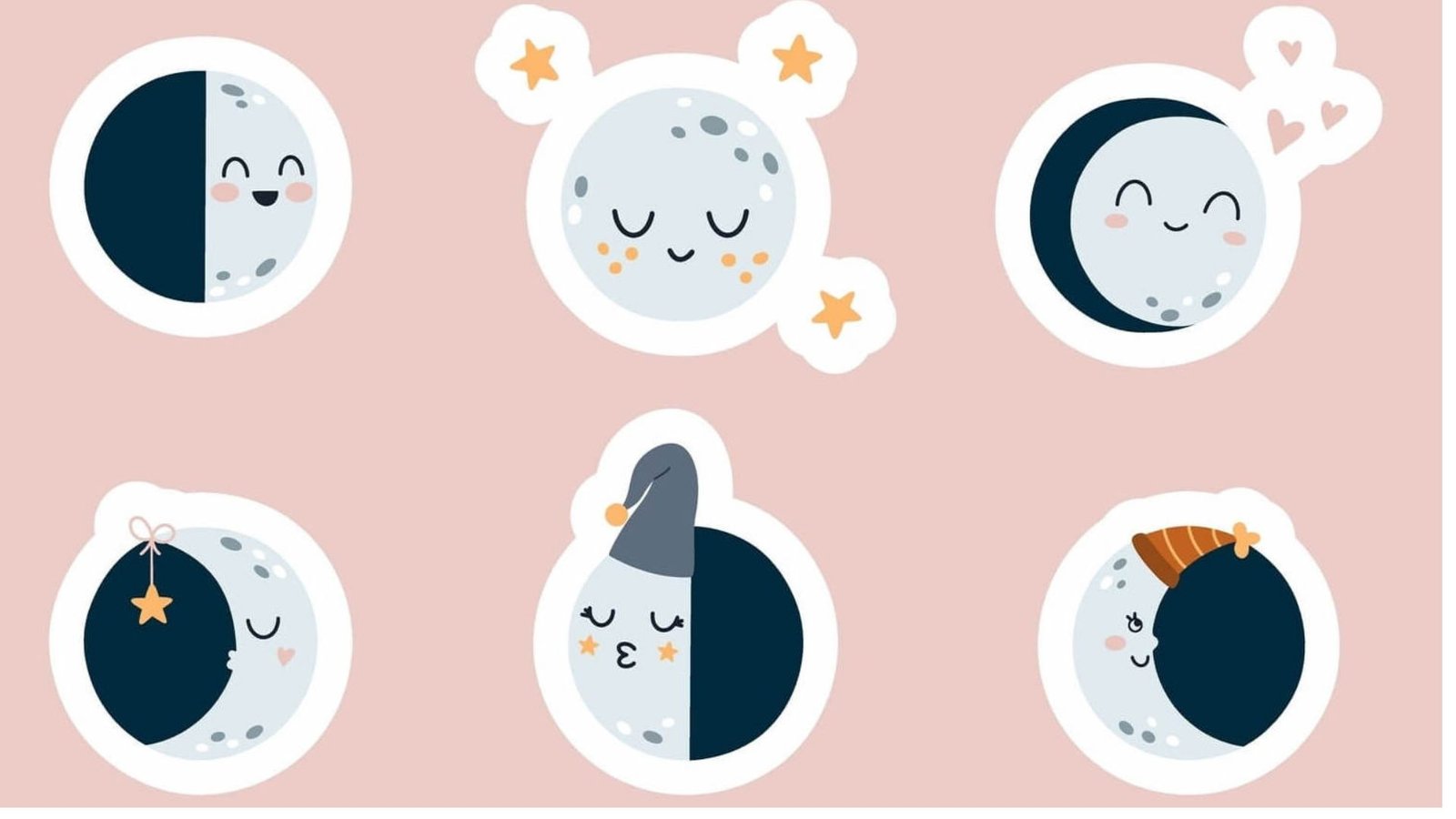Have you ever looked up at the night sky and noticed that the moon looks different every night? Sometimes it’s a big, round circle, and other times it seems like just a tiny sliver. So, why does the moon change shape? The answer lies in the moon’s phases! In this article, we’ll explain in simple terms why the moon changes shape, and help you understand its different phases.

What Are Moon Phases?
The moon doesn’t actually change shape—it just looks like it does from Earth. The different shapes we see are called phases. A moon phase is the appearance of the moon as it orbits Earth. As the moon moves around our planet, the sunlight shines on it from different angles, which causes it to look different depending on where you are on Earth.
The moon goes through several phases in about 29.5 days. This period is called a lunar month. There are eight main phases of the moon, starting from the new moon and ending with the full moon.
Why Does the Moon Look Different?
The moon doesn’t produce its own light; instead, it reflects the light from the sun. As the moon orbits Earth, the sunlight hits the moon at different angles, making it look like it’s changing shape.
Here’s a breakdown of the main moon phases and how we see them:
New Moon: No Moon Visible
The new moon is the first phase of the moon cycle. During this phase, the moon is between Earth and the sun. Because the sun is shining on the side of the moon that’s facing away from Earth, we can’t see the moon from our planet. It looks like there is no moon at all!
What happens: The moon is not visible because the sun’s light is shining on the opposite side.
Waxing Crescent: A Small Sliver
After the new moon, a tiny crescent of the moon becomes visible. This phase is called the waxing crescent. “Waxing” means the moon is getting bigger. As the moon moves further along its orbit, more and more of it becomes visible.
What happens: A small crescent shape appears as a thin sliver of light.
First Quarter: Half of the Moon Visible
A few days later, we reach the first quarter. At this point, half of the moon is visible from Earth. This happens because the moon has completed about a quarter of its orbit around Earth. It’s called the first quarter, even though it looks like half of the moon!
What happens: Half of the moon is lit up, and the other half is in shadow.
Waxing Gibbous: Almost Full
As the moon continues its orbit, it starts to appear more and more full. This phase is called the waxing gibbous. “Gibbous” means the moon is more than half illuminated but not yet fully visible.
What happens: The moon looks nearly full, with just a small part in shadow.
Full Moon: Complete Circle
When the moon is on the opposite side of Earth from the sun, we get the full moon. This is when the entire moon is fully lit up and looks like a big, bright circle in the sky.
What happens: The whole moon is fully visible, shining brightly in the night sky.
Waning Gibbous: Shrinking Moon
After the full moon, the moon starts to shrink, or “wane.” The waning gibbous phase is the first stage of the shrinking moon. The light starts to disappear from the right side of the moon, and it begins to look less full.
What happens: The moon is still more than half visible but is starting to shrink.
Conclusion
The moon’s changing shape is an amazing sight to watch, and understanding the phases helps us appreciate how the moon orbits around Earth and interacts with the sun’s light. Whether it’s a full moon, a crescent, or just a tiny sliver, each phase is a reminder of the moon’s unique journey through the night sky.










